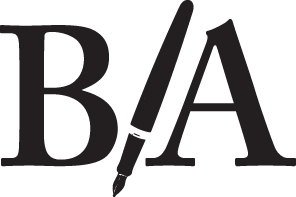How do you define productivity?
100 years ago, productivity meant something very different than it does today.
The word would have been used in two contexts.
- Farming
- Industry (widget making)
In farming, increasing productivity means more yield per acre. In industry, it’s more widgets per day (or hour, or minute).
There are tools and techniques in farming and industry used to increase productivity. Higher yields. More widgets. Less waste. Bigger profits. Productivity is why we have driverless tractors, Roundup, GMOs, and robots.
Here’s the problem.
We’ve taken the agricultural/industrial idea of productivity and directly translated it into the world of idea work, creative work, and entrepreneurship.
But it’s a different world.
It does not translate.
We now have the possibility of being “productive” from the time we open our eyes in the morning (for some it’s a literal open your eyes, reach for the phone) to putting your head on the pillow at night (again, for many that’s literal). We are always on. Buzzes and beeps interrupt meals, conversations, brainstorming sessions, and family movie night.
There's an entire productivity industry for the modern creative/thought worker. Amazon and Google are at the center of it. Yet, most of us are still frustrated by a lack of results.
It could be because our definitions are wrong.
Productivity can’t be defined as getting more done faster. Check more off the the list. Crank out more spreadsheets, words, drawings, projects, emails, texts, Tweets, and status updates.
We need a different definition of productivity than farmers and car manufacturers.
It’s possible to have an incredibly stressful, busy day and do absolutely nothing important.
Modern productivity is focus versus yield.
The right things versus all the things.
Limited versus unlimited.
